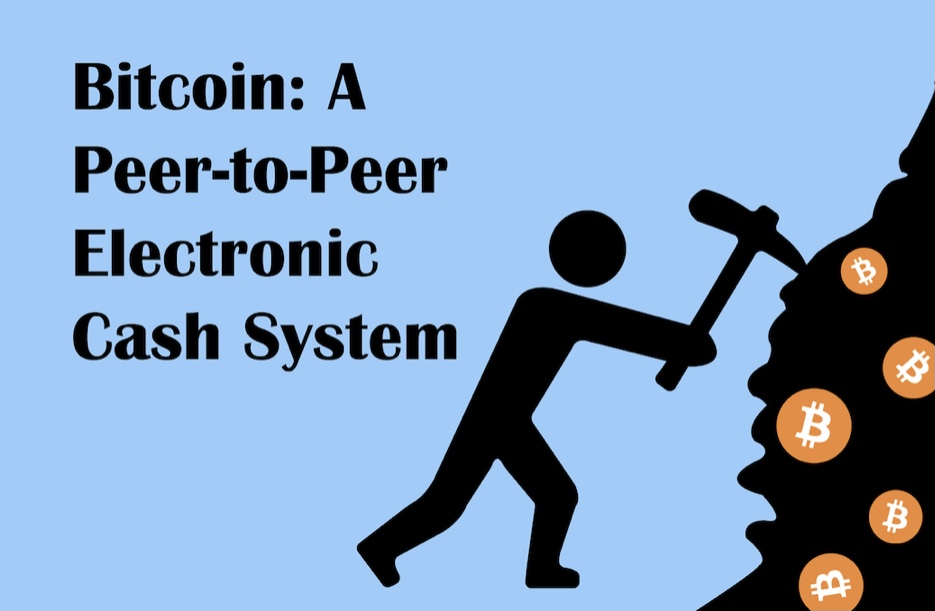Business on the Web has come to depend nearly solely on monetary teaching, serving as trusted third parties to prepare electronic installments.
Whereas the bitcoin system works well sufficient for most exchanges it appears that this platform can gain between $ 200 and $ 250 per day.
Completely non-reversible exchanges are not truly conceivable, since monetary education cannot avoid intervening debate. The fetching of intervention increments exchange costs. Constraining the minimum viable exchange measure and cutting off the plausibility for little casual transactions.
And there’s a broader toll within the misfortune of capacity to form non-reversible payments for nonreversible administrations. With the plausibility of inversion, the requirement for belief spreads. Dealers must be attentive to their clients, hassling them for more data than they would something else need.
A certain rate of extortion is acknowledged as unavoidable. These costs and payment uncertainties can be maintained at a strategic distance from an individual. By utilizing physical money, but no instrument exists to form payments over a communications channel without a trusted party.
Read also: Cryptocurrency: How To Buy Bitcoin
What is required is an electronic installment system based on cryptographic confirmation rather than trust. Allowing any two willing parties to execute straightforwardly with each other without the requirement for a trusted third party.
Further Explanation.
Exchanges that are computationally unreasonable to switch would secure sellers from extortion. And schedule escrow instruments might effortlessly be actualized to secure buyers. An arrangement to the double-spending issue employing a peer-to-peer distributed timestamp server.
To produce computational confirmation of the chronological arrangement of exchanges. The system is secure as long as fair hubs collectively control more CPU control than any cooperating bunch of assailant nodes. An electronic coin is a chain of computerized marks.
Each proprietor exchanges the coin to the next by carefully marking a hash of the past exchange. And the open key of another owner and including these to the conclusion of the coin. A payee can confirm the marks to confirm the chain of ownership.
The issue of course is the payee can’t confirm that one of the proprietors did not double-spend the coin. A common arrangement is to present a trusted central specialist, or mint, that checks every transaction for twofold investing. After each exchange, the coin must be returned to the mint to issue an unused coin.
And as it were coins issued directly from the mint are trusted not to be double-spent. The issue with this arrangement is that the destiny of the complete cash framework depends on the company running the mint. With each exchange having to go through them, rather like a bank.
A way for the payee to know that the past owners did not sign any earlier transactions. The most punctual exchange is the one that checks, so we do not care about afterward endeavors to double-spend. The way to affirm the nonappearance of an exchange is to be mindful of all exchanges.
Within the mint based show, the mint was mindful of all exchanges and decided which arrived, to begin with. To achieve this without a trusted party, exchanges must be publicly reported. And we also require a framework for members to concur on a single history of the order in which they were gotten.
The payee needs proof that at the time of each transaction, the majority of nodes agreed it was the primary received. We have proposed a framework for electronic exchanges without depending on trust. We began with the regular system of coins made from advanced marks.
Which gives solid control of ownership but is fragmented without a way to anticipate double-spending. This actually proposed a peer-to-peer arrangement to utilize proof-of-work to record. An open history of transactions that rapidly gets to be computationally unreasonable.
For an aggressor to alter in the event that genuine nodes control a larger part of CPU control. The arrangement is vigorous in its unstructured effortlessness. Nodes work all at once with small coordination.
They don’t have to be identified, since messages are not directed to any specific. Put and as it were ought to be conveyed on a best exertion premise. Hubs can leave and rejoin the arrange at will, tolerating the proof-of-work chain. As confirmation of what happened whereas they were gone.
They vote with their CPU control, communicating their acknowledgment of valid pieces. By working on expanding them and dismissing invalid squares by denying to work on them. Any required rules and motivations can be upheld with this agreement component.



Leave a Reply